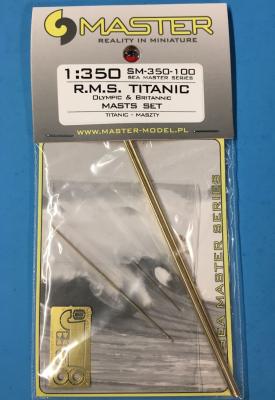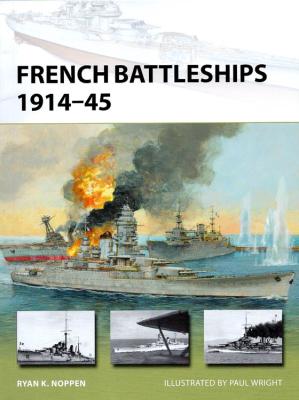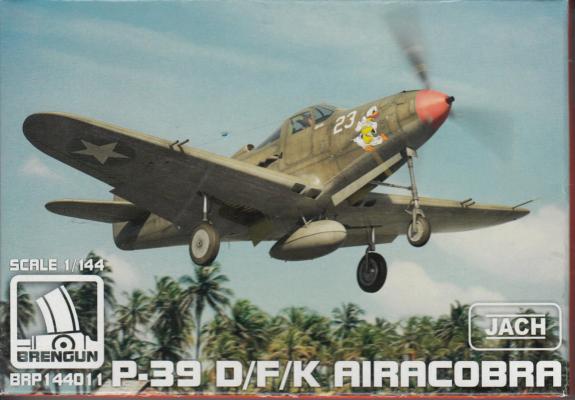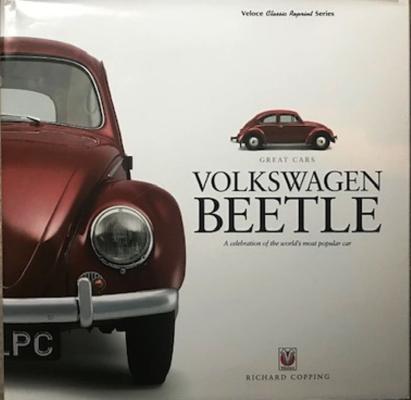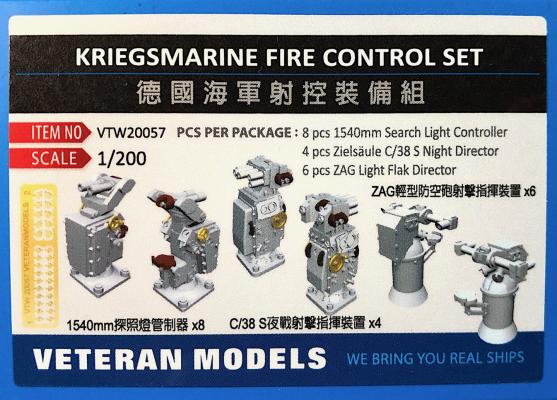I would like to thank Master Model for this review sample.
Master Model continues to “turn” out metal details for the ship modeler and this one is indispensable. For anyone who has tried to work with tall thin masts made of plastic in small scale, the mast either end up being too thick so they don’t bend or too flexible if they are to scale. The solution is either wood or metal for thin masts that don’t bend, but the trick is achieving the required taper with this material. If you are not a machinist, skilled at turning wood or brass, Master Model comes to the rescue.
I was surprised to find when I opened the package that the rather long masts were put into a bag too small to hold them. This was noticeable when I removed the display card. The result was that the taller main mast was bent 90 degrees and the bag itself was not sealed. I was able to gently bend the mast straight using smooth jawed pliers. I hope this was a packaging anomaly.











